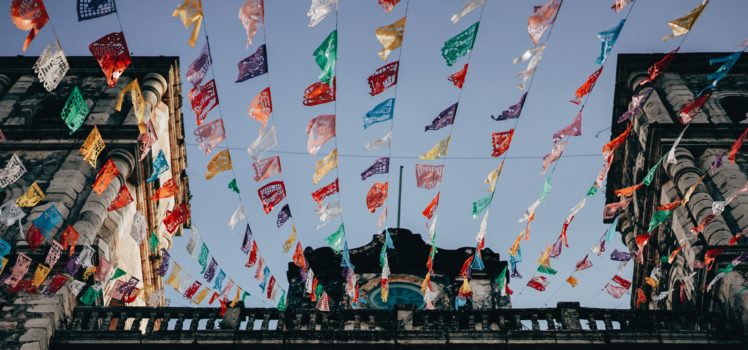Some healthy travel tips apply no matter where you’re traveling in Mexico. You’ve likely heard not to drink the tap water. But depending on where exactly your travels take you, there are a few additional things to be aware of. If you’re heading to the coast, you’ll want to make sure you know whether the ocean is safe to swim in. Heading to Mexico City? Make sure you prepare for the elevation. Here are a few more tips to keep you safe south of the border.
Food Safety
Issues with food safety in Mexico are the most common problems travelers face when visiting. Generally speaking, this all circles back to the issues with tap water. To exercise an abundance of caution, travelers should avoid eating any vegetables or fruits that might have been rinsed in tap water (things like lettuce, tomatoes, apples, berries, etc.).
And yes, unfortunately, this includes salsa, especially when it has clearly been without refrigeration, like on a street food stand. Any produce where you consume the skin is considered more unsafe; stick to things like bananas, mangos, and coconut where the goodness is inside a protective layer.
Don’t go easy on the lime, either. While these wedges are served on the side to enhance the flavor of Mexican specialties like tacos, the acid is also helpful in killing any bacteria that may be lurking.
Beach Safety
Especially on the Pacific Coast of Mexico, in places like Cabo San Lucas or Puerto Escondido, you’ll want to ensure the water is safe before diving in at the beach. Cabo San Lucas is notorious for strong rip currents and undertows. Similarly, in Puerto Escondido, Mexico’s premier surf destination, tourists will want to exercise caution in the rough waters.
The ocean water in other places, like Puerto Vallarta or Sayulita, can occasionally have levels of bacteria that make it unsafe for swimming. You’ll also want to confirm with a local whether you should be on the lookout for creatures like sea urchins or jellyfish that can pose a danger to swimmers.
To determine whether the water at the beach is safe for swimming, Mexico uses a flag system. Green flag? Go ahead! Yellow? Exercise caution. Red means it’s a no go and a black flag means absolutely not. That being said, always use your best judgment, regardless of the flags you may see.
Beach safety also means sun safety, so be sure to stay hydrated, use sunscreen and avoid being in direct sunlight during peak hours.
Elevation
With an abundance of museums, cultural excursions and incredible restaurants, Mexico City has become one of the most popular destinations for travelers. But there are certain health risks specific to Mexico’s capital. Mexico City sits at an incredibly high elevation of 7,200 feet. This is more than enough to cause health issues for some travelers, especially those who are more susceptible.
Symptoms of altitude sickness include dizziness, shortness of breath, fatigue and headache. Drinking plenty of water, limiting strenuous activity, and avoiding alcohol are some of the ways to help you feel better faster. If you’re planning any all-day excursions while you’re in CDMX, you’ll likely want to give yourself a few days to adjust to the altitude when you arrive, just in case.
Additional Safety Tips
- While most scams in Mexico don’t endanger your physical safety, it’s helpful to search on Google or join a destination-specific Facebook group where people frequently discuss ways scammers are operating.
- Don’t wander totally aimlessly. Like anywhere else, some neighborhoods are less safe in Mexico’s bigger cities.
- Use a cross-body purse or money belt when walking around, particularly in touristy areas. Never leave your bag draped over the back of your chair at a restaurant.
- Female travelers should be particularly careful of their drinks when enjoying the nightlife in Mexico.
- When venturing into mosquito-heavy areas, use a strong repellent and keep your body as covered as possible. Mexico is home to many mosquito-borne diseases like chikungunya and dengue.
- Keep an eye on hurricane season and plan your trip accordingly.


No responses yet